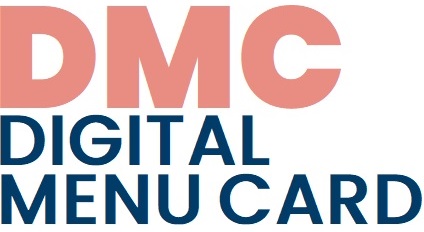- Accedi o registrati per poter commentare
Barrows and Tamblyn (1980) defined problem-based learning as the process of working towards understanding and solving a problem, through which the learner acquires professional skills.
Problem Based Learning (PBL) is one of the methods that has proven to be effective in constructivist pedagogical practice (it was first used in a Canadian university in the 1960s in relation to medical cases).
It is a well known statement in constructivist pedagogy that the incorporation of new concepts requires the usefulness of the new knowledge. In problem-based learning, students become active participants, working in small groups. In this process, independent thinking and communication with peers play a very important role.
The method is based on a problem, which is first introduced and then discussed and interpreted by the students. The problem is solved by the group working together to reach a consensus. In this work, both individual work and teamwork are important. Each group presents its solution to the problem, followed by discussion and evaluation.
It helps to develop competences that are neglected in traditional education but is much needed in real life. For example: teamwork, cooperation and explanation skills. It also helps students to develop self-regulated learning. It improves adaptability to change, problem-solving in unfamiliar situations and the ability to justify decisions based on reasoning. It develops critical and creative thinking, the ability to accept and evaluate the ideas and views of others, as well as empathy.
Problem-based learning requires different attitudes and working methods from both teachers and students. This means that the teacher's preparation and the teacher's classroom activities and role are different from the traditional ones.
Currently, teachers teach in classes of 25-30 students, but the upper limit for a well-functioning class is much lower. Thus, one teacher can tutor several groups, which is a much more difficult task than traditionally teaching the class with the frontal method.
Unfortunately, this is very difficult to overcome, as we cannot decide that teachers should teach fewer students. One solution is to use group work in extra-curricular classes.
At the end of the PBL method, students should be given the opportunity to demonstrate what they have learned, i.e. not only to check their knowledge of facts, but also, for example, their problem recognition, problem solving and communication skills.
This type of assessment can be carried out using various alternative evaluation methods, such as: practical exams, concept maps, peer assessment, self-assessment, oral exams. The use of these alternative assessment methods is is more effective if we draw the final conclusion from a number of different sub-scores.
